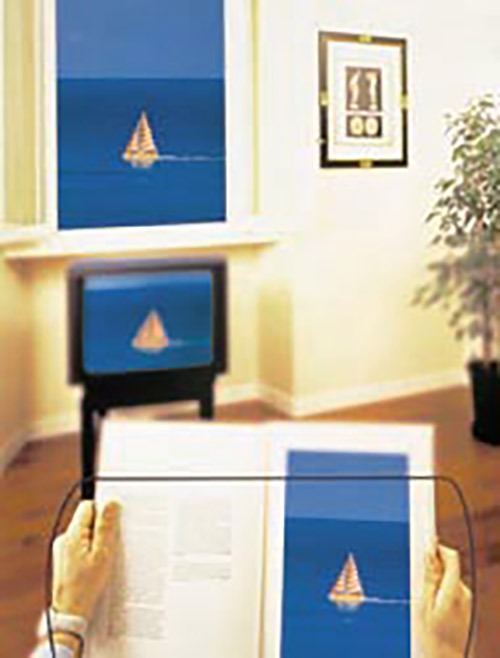 Monovision
Monovision
Since the eye lens loses its ability to change form after the age of 40, it can no longer accomodate adequately (loss of the ability of accommodation). In advanced ages, it becomes difficult to see near objects (presbiopia). In addition, the visial field gradually reduces. In presbiopy, the reason that we hold our newspaper far is to bring the writing inside this field of vision.
Although the visual field narrows in individuals with myopia, this narrowing is less compared to other people and vision is not limited to a great extent.
In the monovision method, one eye (nondominant) is intentionally adjusted to myopia.Thus this eye sees near objects clearly. The other eye (dominant) is adjusted to see distant objects, thus every distance is found inside the field of vision.
The objective of the monovision method is to make the patient use reading glasses with very low diopters or to eliminate the need of reading glasses completely. To obtain this result the nondominant eye is generally adjusted (corrected)
Non-dominant Eye:
to -1.00 diopter in patients aged about 45 years and to -1.50 diopter in patients aged about 50 years.
This method is usually used in patients who have previously used this method with contact lenses. Getting used to this method takes approximately 3 weeks.
75% of the patients are satisfied with monovision. 25% of the patients experience adaptation problems, such as, headaches and blurred far vision. If the patient is not satisfied, the eyes can be corrected again, but this time he/she should know that there will be a need for reading glasses.
Mini Monovision
Mini Monovision
This method is used in patients who can not get used to monovision technique with contact lens and is advised before laser treatment.Here, the
Non-dominante Auge:
nondominant eye is adjusted (corrected) to approximately -0.50 diopter in patients aged about 45 years and to -1.00 dioper in patients aged about 50 years.
In this case, the patient can see near objects better compared to a complete correction, but still needs reading glasses to read small letters.
